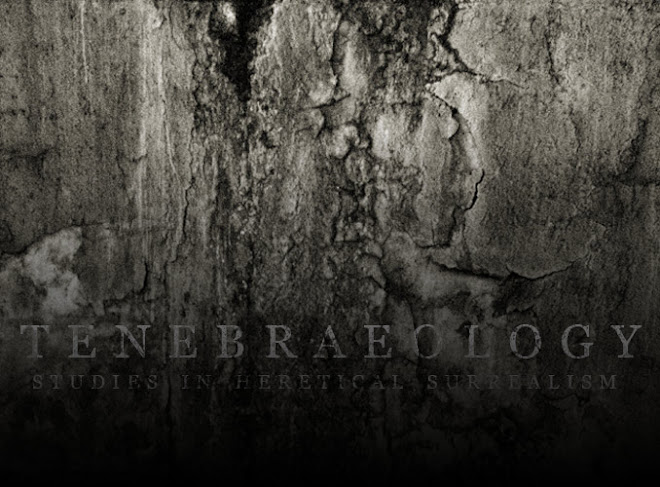“It is only doubt which will bring mental emancipation. Without the wonderful element of doubt, the doorway through which truth passes would be tightly shut, impervious to the most strenuous poundings of a thousand Lucifers.”
-Anton Szandor LaVey
Darkness is a term with myriad implications, many of which can be seen as thoroughly positive. What, however, are we to make of the popular definition of Darkness as a symbol of evil?
Devils and demons have been used by many religions to personify that which their adherents think of as bad. Devils have been blamed for countless ills and conflicts, from diseases to differences in religious beliefs. They represent what people hate and fear. When people cannot understand something, they often fear it. They use faith to ground themselves in whatever cosmos they prefer to live in.
This begins to explain the relationship of Darkness to evil in most popular mythology and symbolism. It reveals the role of faith in all matters of understanding. Trust in certain absolutes stabilizes one's thoughts. Without this stability, one is thrust into the Darkness without the "Light" of knowing, of knowledge. (It may be said that wisdom is the marriage of knowledge to the unknown, of Light to Darkness.) In the context of religion, the uncertainty within Darkness often manifests as devils causing death, illness, or the loss of faith. The devils are the catalysts for change - at least change perceived as negative.
Light is often associated with “God”. Actually, it can be applied to the very meaning of Lucifer, the "Bearer of Light" who, in Christian mythology, "falls" into Darkness. If it is said that Satan leads one astray from the path of Light to that of Darkness, we can apply this mythology in the statement: Lucifer descended into Darkness; therefore, Darkness holds the Light. This statement also mythicizes the descent of light into the color black, which absorbs the infinite colors of the visible spectrum. The metaphor can also be extended to the association of Satan with selfishness, gluttony, and other attitudes that promote indulgence over abstinence. White, by reflecting light away from itself, can therefore represent the denial of this symbolic Lucifer. It illustrates the emptiness of abstinence both physical and mental.
Anton Szandor LaVey, who founded the
Satanic philosophy, which is the foundation of these studies, does not in any way encourage the misery often symbolized by devils in mainstream mythology. Rather, Satanists use Satan as a symbol of, among many other healthy principles, doubt. By embracing doubt, one can tap into the infinite possibilities of Darkness and become a Creator. This summarizes the relationship of my heretical Surrealism to Satanic principles.
Light and Darkness are used here as symbols of aspects of our universe, not of good and evil as human cultures tend to identify them. They are not even conscious entities - they are concepts. They are only as valuable as one chooses to make them.

No comments:
Post a Comment